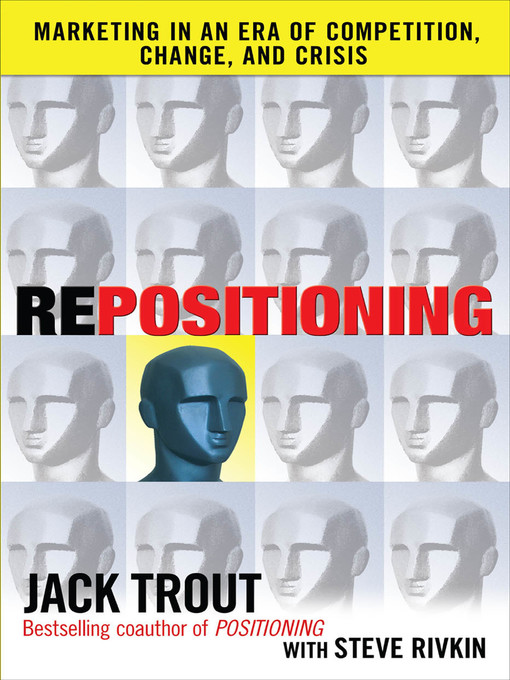A charity would never think of providing food to the homeless without the proper arrangements in place? A not for profit would never schedule respite care without preparations? A green group would never save a river without researching the best ways to undertake the task. Not for profits continuously plan their next steps.
Yet when it comes to PR and marketing, many organizations work in a haphazard fashion, improvising as they go. The committee cries out. We need a brochure, build a Facebook fan page or get us on the evening news. That is often enough for someone to be off and running with little thought of a larger marketing picture.
Effective communication does not have to be elaborate or expensive. But it does have to be planned. A simple plan focuses efforts, ensures money is wisely spent and harnesses staff and volunteer effort into concrete actions which lead to a desired end point. A communication plan is as important as other key business and corporate strategies and flows on from these documents. In turn it contributes to their successful implementation. You need a plan but it does not have to be complex.
Unless your organization is small with only a handful of members you need to document your communication goals and activities. A written plan ensures everyone shares a common direction, removes doubt and allows your achievements to be measured.
Communications plans vary between organizations but most identify:
- Objectives: the communications fundamentals to achieve.
- Audiences: the people you need to reach.
- Messages: what you want to tell people.
- Tactics: how you will get information to your audiences.
- A timetable: what happens and when.
- Budget: how much you have to spend and on what, over the life of the plan.
- Measurement: how you will measure your efforts so you can improve.
- Responsibilities: who is doing what and by when.
Not for profits are dynamic organisations and change constantly. For example you hire new staff, get new clientele or your funding varies. Therefore your communications plan should be flexible rather than set in stone and has to be vigorously reviewed and updated so it remains current and relevant.



